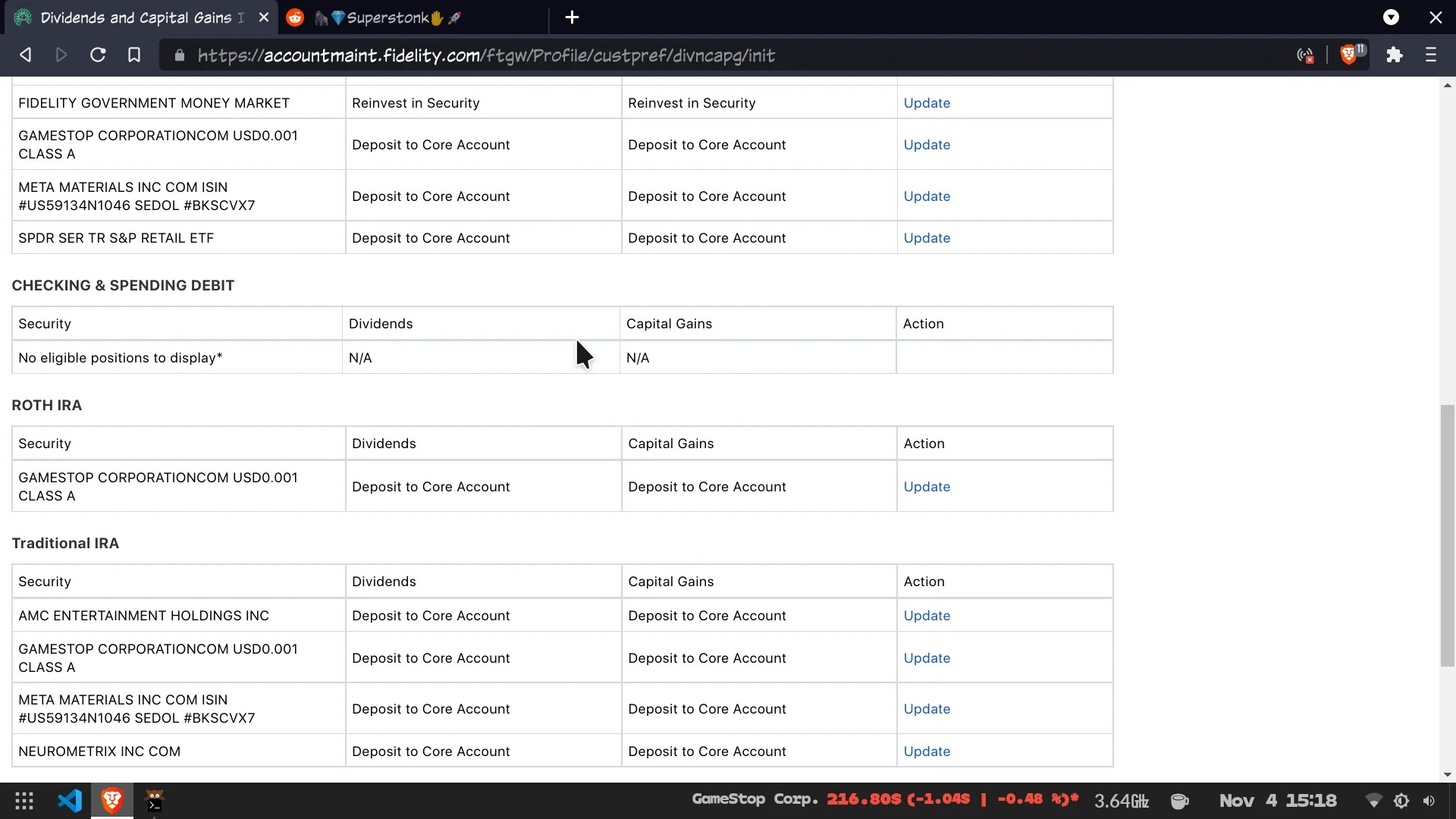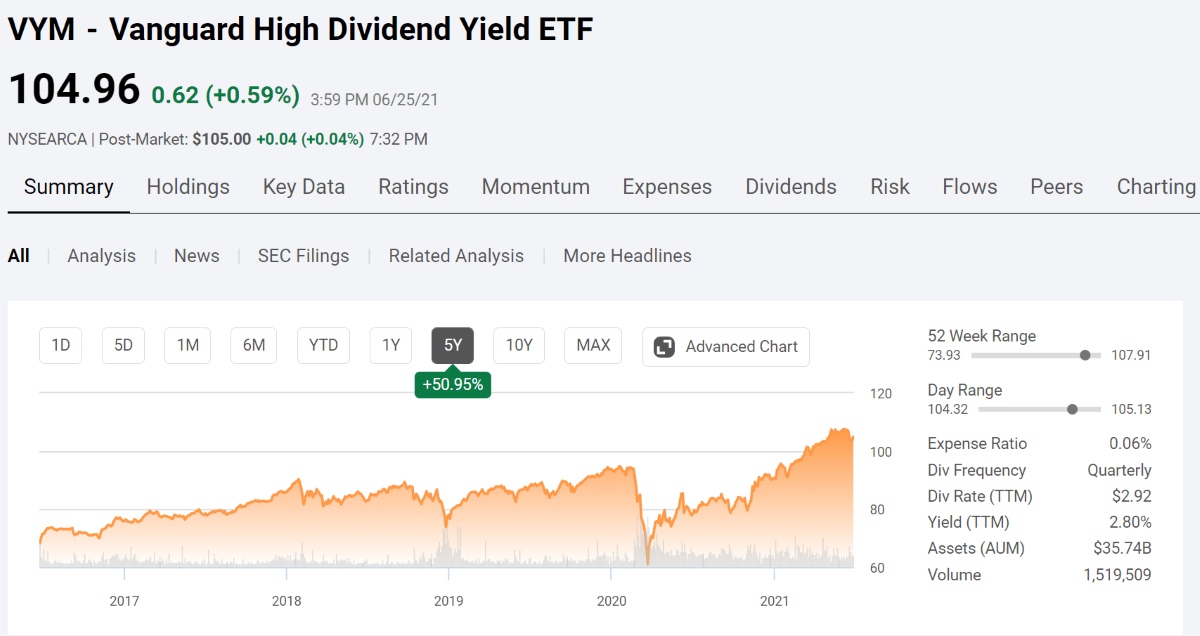Home>Finance>What Is The Community Reinvestment Act (CRA)? Definition


Finance
What Is The Community Reinvestment Act (CRA)? Definition
Published: October 30, 2023
Learn about the Community Reinvestment Act (CRA) in finance, its definition, and how it facilitates economic development and fair lending practices.
(Many of the links in this article redirect to a specific reviewed product. Your purchase of these products through affiliate links helps to generate commission for LiveWell, at no extra cost. Learn more)
Unlocking Financial Opportunities: Understanding the Community Reinvestment Act (CRA)
When it comes to ensuring the prosperity of communities, the role of financial institutions goes beyond just providing banking services. One critical tool in their arsenal is the Community Reinvestment Act (CRA), a law designed to stimulate economic growth in low- to moderate-income neighborhoods. In this article, we’ll explore the definition and key aspects of the CRA, shedding light on its significance in today’s financial landscape.
Key Takeaways:
- The Community Reinvestment Act (CRA) is a federal law aimed at encouraging financial institutions to meet the credit needs of all members of the communities they serve.
- By promoting fair lending practices and investment in underserved areas, the CRA fosters economic growth, supports affordable housing initiatives, and empowers local businesses and residents.
Introduced in 1977, the Community Reinvestment Act (CRA) is a federal legislation that promotes equitable access to financial services and encourages the provision of credit to individuals and businesses in underserved communities. Its primary goal is to eliminate discriminatory lending practices and address historical disinvestment in low- to moderate-income areas.
Moving away from a conventional, profit-driven approach, the CRA revolutionizes the role of financial institutions by mandating their active participation in community development. Banks, credit unions, and other lenders are required to demonstrate their commitment to community reinvestment through various measures, such as:
- Investment: Financial institutions are encouraged to invest in affordable housing projects, small businesses, and community development initiatives within the areas they serve. These investments help create jobs, revitalize neighborhoods, and spur economic growth.
- Lending: The CRA emphasizes the importance of fair lending practices, urging banks to provide financing options to all qualified borrowers regardless of their income level or the location of their properties. This helps overcome the barriers that have historically limited access to credit for many individuals and businesses.
- Service: Financial institutions are expected to offer banking services that cater to the needs of the entire community, ensuring that no segment is neglected or excluded.
The CRA is enforced and regulated by the Office of the Comptroller of the Currency (OCC), the Federal Reserve, and the Federal Deposit Insurance Corporation (FDIC). These agencies routinely assess and rate financial institutions’ performance in meeting the requirements of the CRA, ensuring accountability and transparency in their community reinvestment efforts.
Through the Community Reinvestment Act (CRA), financial institutions play an instrumental role in creating inclusive and thriving communities. By promoting fair lending practices and actively investing in underserved areas, the CRA becomes a catalyst for economic opportunities and stability, leading to the growth of local businesses, increased homeownership rates, and improved quality of life for community members.
In conclusion, the Community Reinvestment Act (CRA) is a vital component in ensuring equal access to financial services and opportunities for all. By mandating financial institutions to invest, lend, and provide services in underserved communities, the CRA acts as a powerful catalyst for economic growth and empowerment. As we move forward, it is crucial that both financial institutions and communities continue to work together to maximize the positive impact of the CRA and build prosperous futures together.














